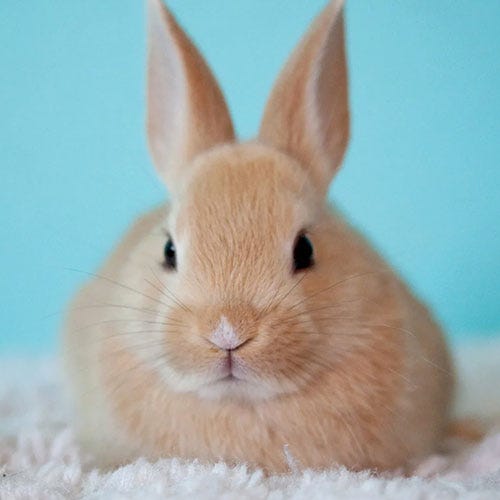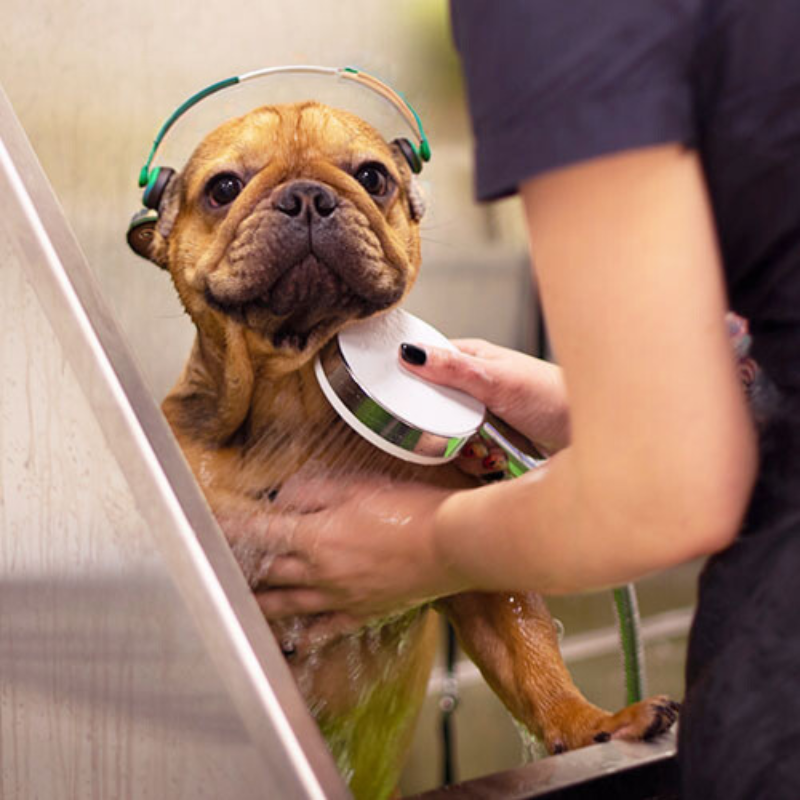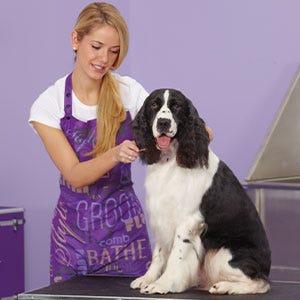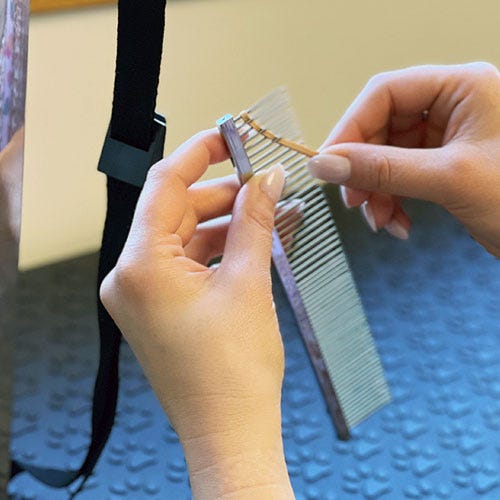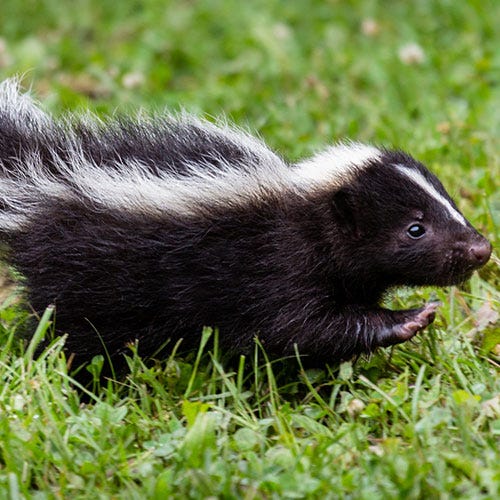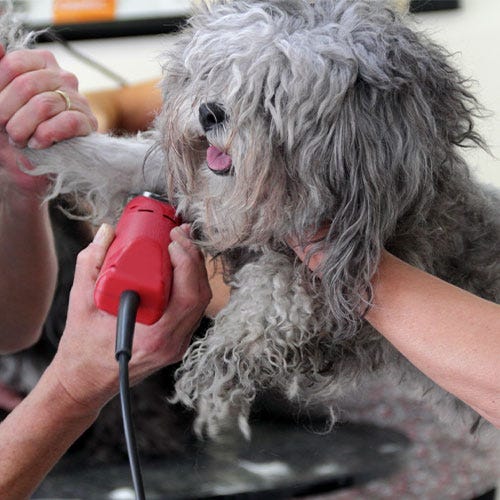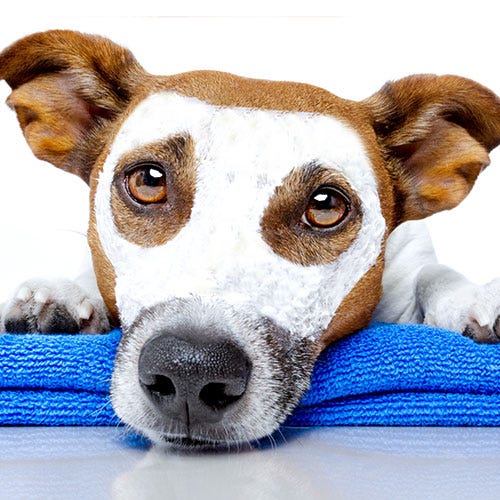Anjie Coates has taken her 34-year career grooming dogs and cats and hopped on to a new gig. She is now the country’s preeminent rabbit groomer. Coates hosts an active Facebook group for people interested in grooming rabbits (Professional Rabbit Groomers), offers a certification program, and has recently published a book called The Quintessential Rabbit Book.
She said, “There are six to nine million pet rabbits in the United States and only around 100 rabbit groomers. If groomers want to have a niche market and be the only game in town—possibly the only game in the entire state—rabbit grooming is that niche. Because it is a specialty market, groomers can charge much more for rabbit grooming than they can for a dog or even cat grooming.
Here are a few pro tips from Coates:
- Don’t bathe the bunnies. Rabbit fur is far denser than dog or cat fur. For example, dogs may have 7-14 hairs per follicle, but some rabbits have as many as 50. This means that getting them dry takes a very long time. In addition, since most pet rabbits have not been trained to be groomed and are not socialized to the process, they can’t tolerate being dried by a high-velocity dryer. It would take so long to dry one with a regular dryer that the rabbit stands a chance of becoming hypothermic before the process can be completed.
- Don’t trim the fur on their feet. While rabbits have toes, they do not have the large digital pad that dogs and cats have on their feet. The hair on their feet and legs cushions them as they move. Cutting the fur can lead to a condition called pododermatitis or “sore hock.”
- Don’t hold rabbits vertically. If a rabbit jumps from this position, it can hyperextend its legs behind its body, breaking its own back.
- Don’t “trance” rabbits. This practice, where someone holds the rabbit horizontally on their back, induces the rabbit to go into a state of tonic immobility. As prey animals, it is believed that this behavior was developed as a last resort to escape being attacked by a predator. However, a rabbit in tonic immobility has a dramatically elevated heart rate, which can lead to a fatal heart attack. Veterinarians may use this for a brief treatment, but it should never be used for prolonged grooming.
- Don’t put ear cleaner in a rabbit’s ears. If necessary, the skin in the ear can be gently cleaned with a moist cloth, but no fluid should be introduced into the canal. Doing so could cause severe problems with balance (i.e., vestibular disease).
- Don’t use any blade shorter than a #10, and never use a skip-toothed blade. Coates says, “Rabbits are basically fuzzy raisins. Their skin can easily feed into the space between the teeth of a clipper blade. Number four and five blades or guard combs can be used if the rabbit is not matted.”
- Don’t use cologne, waterless shampoos, or leave-in products on their fur. Because they are self-groomers, rabbits will ingest anything left on their fur. In addition, they have delicately balanced digestive systems, and upsetting that can cause fatal gastrointestinal stasis.
- Don’t trim vibrissae (whiskers) on rabbits. Coates says, “While rabbits have excellent distance vision, they don’t see well directly in front of their faces and have limited depth perception. Therefore, their whiskers are crucial sensory tools for them. It is possible to pluck long hairs between the whiskers gently, but you must leave them intact.”
For lots more information on this fascinating topic, check out furrytailspress.com


